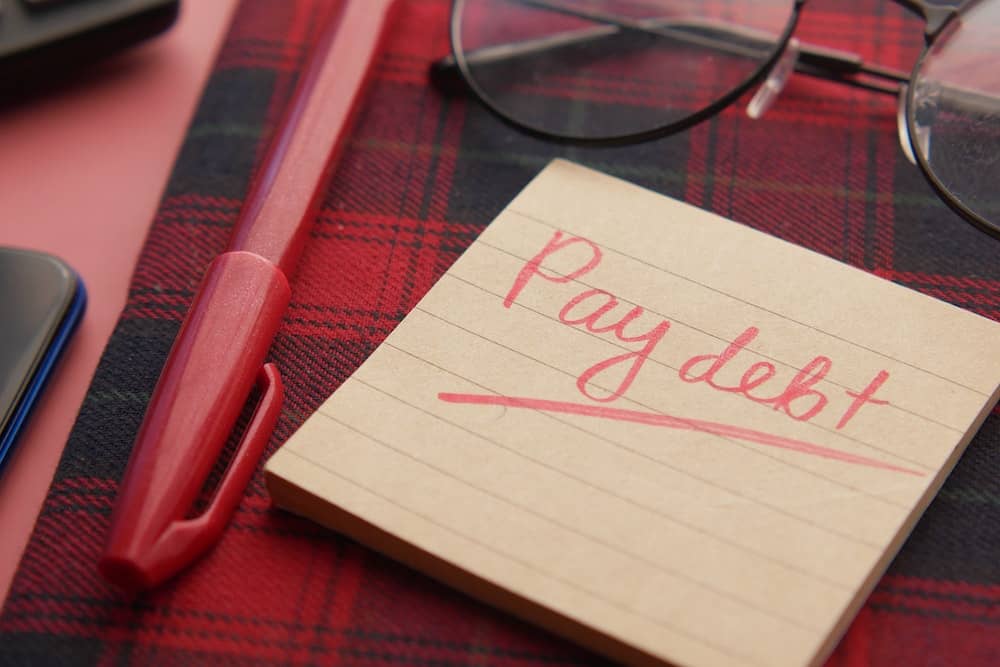Featured
Debt can be a tricky thing to navigate. It’s essential to understand the difference between good debt and bad debt to ensure you’re making smart financial decisions and taking on only the debt that will help you in the long run. Good debt is usually seen as an investment that will pay off in the future, such as student loans or mortgages. In contrast, bad debt is generally associated with high-interest fees, such as credit card bills or payday loans.
In this blog post, we’ll discuss what good debt vs bad debt is, when it’s a good idea to take on either form of debt, how you can ensure you’re only taking on good debt, and finally—what type of debts should we have at all?
What is Good Debt vs Bad Debt?
Good debt is borrowing that can help you increase your net worth over the long term, while bad debt is borrowing that will leave you worse financially. Good debt usually comes with lower interest rates and has the purpose of helping you grow wealth, such as taking out a mortgage to buy a property or taking on student loans so you can further your education.
On the other hand, bad debt usually carries higher interest rates. It has no clear benefit to your financial situation, such as taking out a loan for an expensive car or using credit cards to purchase things you cannot afford.

When is it a Good Idea to Take on Debt?
It can be a good idea to take on debt when you are using the loan to make an investment that will likely pay off in the future. This could include investing in real estate, starting a business, or furthering your education. In addition, a loan can help you build wealth over time and increase your net worth.
What are the Benefits of Taking on Good Debt?
The main benefit of taking on good debt is that it can help you build wealth and achieve financial goals in the long term. For example, taking out student loans can help you gain skills and knowledge that can lead to higher earnings potential later down the line. Additionally, taking out a mortgage for a house can also be beneficial as it can help you build equity in the property and increase your net worth over time.
How Can I Ensure that I Only Take on Good Debt?
When considering debt, you must ensure you can repay the loan without further difficulty. Additionally, it can be helpful to look into different repayment options to ensure that the loan is manageable on your finances. It’s also important to consider whether or not the loan has any clear benefit in helping you reach long-term goals or build wealth before signing up for any form of debt.

What Should I Avoid When Dealing with Debt?
It’s important to refrain from taking on debt that carries high-interest fees or has no clear benefit regarding your future financial situation. You should also avoid using credit cards for purchases you cannot afford or taking out loans for luxury items such as expensive cars or vacations. It’s best only to use credit cards and other forms of debt when you are certain that you will be able to pay back the loan without any major issues in the future. If you are in too much debt, getting debt help is essential.
The Bottom Line: What Type of Debt Should You Have?
The type of debt you take on should depend on your individual needs and goals. Generally speaking, it’s a good idea to only take on debt with lower interest rates and purposeful investments that can help you build wealth and reach long-term financial goals.
On the other hand, taking on lousy debt can leave you worse off in the future, so it’s always important to think carefully before signing up for any debt.
By taking these steps, you can ensure that the debt you take on is helping rather than hindering your financial situation.






















